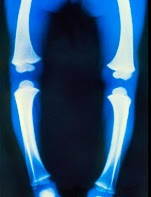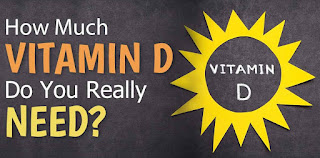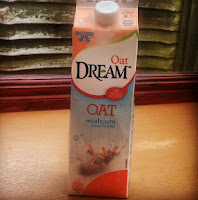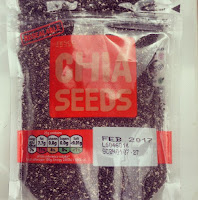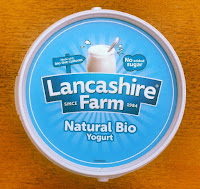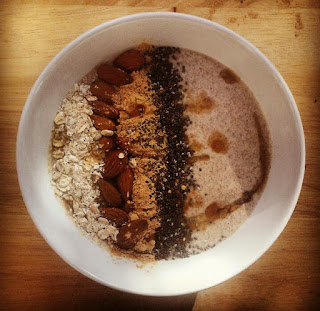Could be a question we will soon
be asking a lot more than you thought due to a recent study, that has found cockroach milk to be so nutrient dense it could be
our best bet of a future protein source!
Now you may have heard about
insects being next on our worldwide menu to provide the protein fix we humans
require as a sustainable food source while other natural sources are thinning
out, dying off or simply being over consumed. ie – There has been huge ongoing debate and research over the last
decade or so due to the fact that our food system seems to be literally broken,
or indeed braking! You will have noticed over the last few years plant based alternatives
making great breakthroughs and now scientists are thinking much more long-term and
planning for the future of food. There
is ongoing debate over consumption of
animals looking at everything from the bad fats in animal/meat products, the
processing of such, the treatment of the animals to produce the meat, the prices
farmers are getting paid, the impact of transportation, to land, water
supplies, the total environmental impact of breeding, to disease, horse meat
scandals, climate change and everything in between!
Therefore, there has been lots of
research into all of the above to find the next sustainable, nutritious food
source and our next complete protein
source – with the answers pointing to insects.
In Asian countries already some are seen as a delicacy, others eaten
regularly already with daily meals and as snacks!
Check this out – there is a name for it: ENTOMOPHAGY
If you want to find
out more about eating insects as a sustainable food source, here are some
articles to start you off:
For crickets: http://www.insectsarefood.com/recipes.html
Anyway – enough of that! Today I wanted to focus on one insect alone –
the nasty (to some) but undeniably mighty, would probably survive the apocalypse,
COCKROACH. New research published
just a few days ago has suggested it’s not them, but their MILK that could
benefit us.
Are cockroaches the
new cows?
We seem to have a great fascination
these days with dairy free milk alternatives and I LOVE most of them. You know I bang on about hemp milk, oat milk,
almond milk etc and I have been using them (although I am not lactose intolerant,
I am not vegan and I still eat lots of other dairy produce regularly) as I really
enjoy the flavours, textures and the addition they make to my coffee and
smoothies and ice cream making attempts!
While I’m not yet convinced cockroach milk will be my dairy free
alternative of choice, there are some very interesting facts in this recent
study:
Here is the research paper
So behind their dark, scaly,
shell like exterior cockroaches – specifically the Pacific Beetle Cockroach as
this is the only known species able to have live babies that have developed in
the mother's body, instead of the mother laying eggs to develop outside her
body - contain a nutrient dense milk used to feed their babies.
This milk contains a hefty amount of protein,
in addition to its energy boosting sugars, and lipids (good fats). Researchers
are actually saying this could be the most nutrient dense substance – by weight
– ever discovered! It contains 4 times
more energy than typical cows milk for example, making it the top contender for
a protein with the most calories.
Now I’ve mentioned calories don’t
let that put you off (of course if you haven’t been put off by the fact that
this is COCKROACH MILK we are talking about!)
Remember milk should predominantly be a substance to build up, to
provide nutrients, fats, calories and energy to growing offspring. Its produced
to aid growth and development. So the more energy it contains – the better it
is!
The milk harvested from a cockroach
is actually found in crystallised form – protein crystals come from the gut of
the baby cockroach as its ingested the milk from its mother. Its these “milk
crystals” that scientists have discovered are a “complete” food – and therefore
perhaps something for human consumption in the future. Leonard Chavas, one of the scientists behind the research,
explains that although the crystal formation may seem surprising, other
crystals, including insulin, take shape within the body for easier bodily
storage, so this crystal could have potential for human consumption.
So in answer the original
question – How do you milk a cockroach?
Chavas and his team go on to explain: currently the crystals are
extracted from the midgut of the cockroach embryos – not the most efficient way
to feed a growing world population with a broken/braking current food
system. Not a sustainable solution yet –
BUT – they are hoping to reverse engineer cockroach milk so for now are furthering
their investigation to understanding the exact biological and chemical
mechanisms underlying the process, how to control it in a much easier way and
ultimately how to bring it into mass production!
So our conclusion so far…. there is certainly no irony lost on the
fact that that the cockroach (and Cher) is said to be able to survive a nuclear
disaster and its turning out that it may someday provide the ultimate liquid
superfood!
However if the idea of cockroach
milk disgusts you – like me - you are probably not ready for this yet. Due to the nuclear stuff though, don’t dismiss
this as a food fad, or passing trend.
Remember, the reason scientists are experimenting with bugs as
alternative sources for both meat and dairy, is because our food system is
broken/braking, our world population is growing at an unsustainable rate and we
have to start thinking of ways to fix this.
People, populations, are still suffering mass hunger, while others are over consuming and suffering obesity epidemics, so things need to change and
there is no denying that.
If cockroach milk is the way
forward but this doesn’t sit well with you, then maybe you can do something now
to ease the braking system – less meat consumption, more plant based
alternatives, less food waste. Play your
part now in preserving the environment and sustainable food sources if only so
you don’t have to drink cockroach milk in the future!
What you think? Are you ready for cockroach milk? Have you eaten insects? How do they taste? Facebook | Twitter | Instagram | Google+
Contact us for more info on
protein sources, complete foods, dairy alternatives: info@nitakothari.com or to book a
consultation to see if you should up your protein intake, if you are thinking
of changing your diet, or want to know more about foods of the future!
www.nitakothari.com
**Please remember this is advice ONLY (as is all other
information contained in this blog, the website and social media related to it)
None of the info or advice is intended to override any recommendation from your
GP or health professional**






